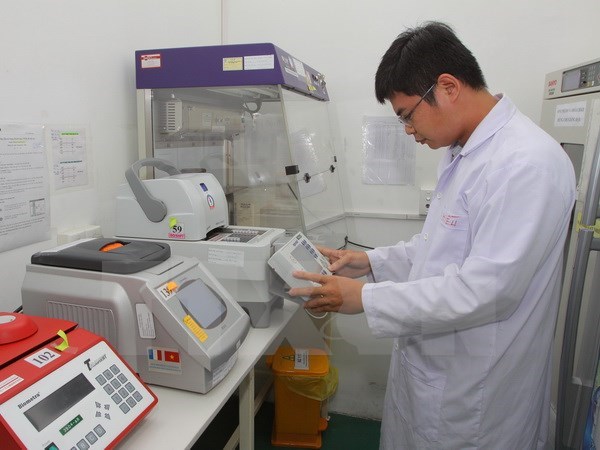Guidance on diagnosis and treatment for Zika virus announced
Pasteur Institute in Ho Chi Minh City.
The Zika virus is mainly transmitted through the Aedes Aegypti mosquito, which also carries dengue fever. The virus has been linked to microcephaly- a condition that causes babies to be born with unusually small heads and, in vast majority of cases, damaged brains. Currently, there is no vaccine or specific medicine to treat Zika.
The Zika virus is characterised by a low grade fever (from 37.5 degree Celsius to 38 degree Celsius). The symptoms are similar to other arbovirus infections such as dengue and include skin rashes, muscle pain, joint pain with possible swelling (notable of the small joints of the hands and feet), headaches, conjunctivitis and malaise. The incubation period is usually between three and 12 days.
Pregnant women suspected of carrying the Zika virus must get ultrasound scans to detect congenital microcephaly in babies.
Suspected cases of the Zika virus include people who are travelling from Zika-hit regions, those who have at least two out of the above-mentioned clinical symptoms and those who have Guillain Barre syndrome and microcephaly, among others.
According to the MoH, no cases of Zika fever have been reported in Vietnam so far. As there is no vaccine against the virus, the best modes of prevention are to kill mosquitoes and lower the risk of being bitten.
Zika virus was first indentified in Uganda in 1947 in rhesus monkeys. It was identified in humans five years later in Uganda and Tanzania .
The World Health Organisation said the Zika virus is spreading explosively. By January 19, 27 countries and territories worldwide had confirmed Zika infections.


Leave your comment on this story